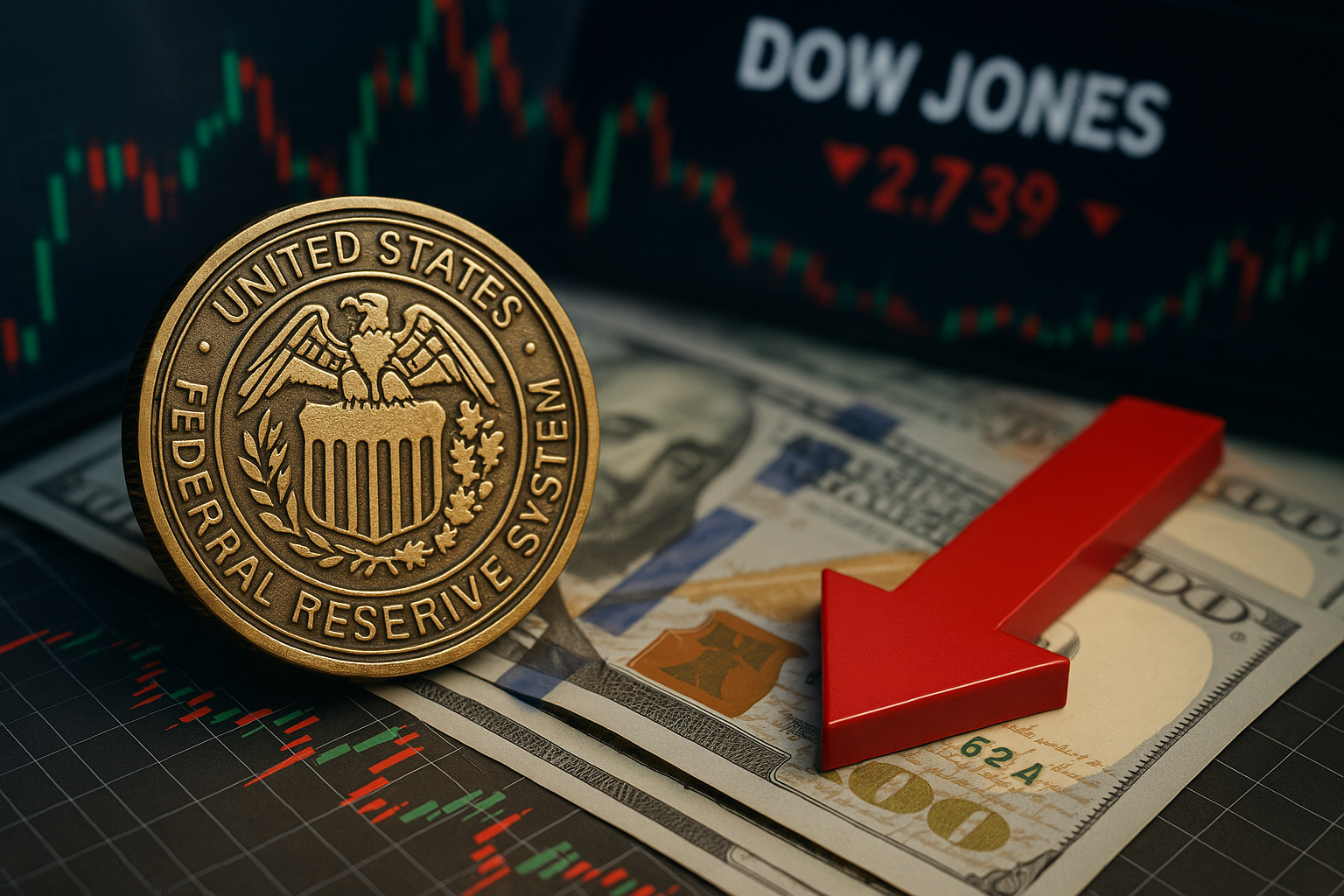The tide may finally be turning for interest rates—and markets are taking notice.
After months of monetary tightening and hawkish tones, signals from within the Federal Reserve now point to a potential rate cut as early as September. The catalyst? A cooling labor market and inflation data showing signs of sustained moderation. For investors, particularly those in capital-intensive emerging sectors like artificial intelligence (AI), defense tech, and biotech, the news could mark a pivotal shift in both sentiment and capital flow.
Fed’s New Messaging: A Dovish Pivot?
On Monday, San Francisco Fed President Mary Daly made headlines by stating that the Fed is now “well-positioned to assess a rate cut in the near term” as the U.S. economy continues to show signs of softening in the labor market. July’s non-farm payrolls, released Friday, came in well below expectations at 123,000, marking the slowest job growth in 20 months. Meanwhile, wage inflation cooled to 3.6% year-over-year, further reinforcing the Fed’s view that aggressive tightening has begun to yield results.
Speaking to Reuters, analysts from JPMorgan noted that “a September rate cut is now a baseline assumption,” particularly if consumer confidence and job openings continue to weaken. The Fed’s next decision is due on September 18, and all eyes are now on the upcoming CPI report due August 13 for confirmation.
Why This Matters for Investors
The implications of lower interest rates reverberate well beyond just bond yields or mortgage rates. For emerging industries, where growth is often fueled by external financing, lower rates can provide a vital tailwind. AI companies, biotech startups, space tech, and green infrastructure players are typically reliant on access to affordable capital to fund research, hiring, and deployment.
One clear beneficiary on Monday was Palantir Technologies (PLTR), which surged more than 6% intraday as investors digested the dual benefit of lower rates and continued demand for AI-driven defense solutions. The stock, already up over 50% YTD, is increasingly seen as a bellwether for the intersection of big data, AI, and national security spending.
Meanwhile, the Nasdaq Composite and Russell 2000—indexes heavily exposed to tech and small-cap stocks respectively—both closed higher by 1.8% and 2.1%, reflecting renewed optimism in the growth narrative.
Future Trends to Watch
- AI & Defense Tech Momentum: Companies like Palantir, Anduril, and C3.ai may continue to benefit from a combination of defense budget expansions and AI adoption. A lower-rate environment could further unlock government and private-sector contracts.
- Biotech Rebound: The XBI biotech ETF has underperformed broader markets in 2024 due to high financing costs. A rate cut could revive M&A activity and R&D spending, especially in gene therapy and oncology pipelines.
- IPO Revival Potential: Lower rates may encourage a backlog of pre-IPO firms in fintech, quantum computing, and clean energy to move forward with listings, reviving a once-dormant IPO market.
- Yield Curve Implications: A cut could steepen the yield curve, which traditionally benefits banks and fintech platforms—sectors that rely on net interest margins and consumer credit expansion.
Credible Sources and Commentary
- Reuters quoted Fed officials signaling a tone shift after weak labor data, including Daly’s remarks about rate cut “appropriateness.”
- Investors.com highlighted the impact on stocks like Palantir and Tesla, emphasizing the investor rotation into AI and defense names following the dovish tone.
- CME FedWatch Tool now puts the odds of a September rate cut at over 68%, up from 35% just a week ago.
Key Investment Insight
If the Fed follows through with a September cut, capital-intensive emerging sectors are likely to outperform in H2 2025. Investors should consider increasing exposure to high-growth industries currently weighed down by financing costs, such as biotech, defense-tech, and AI infrastructure plays.
It’s also worth tracking ETFs like ARK Innovation (ARKK) or XBI (SPDR S&P Biotech), which offer diversified exposure to these themes.
As the macro landscape shifts, timing and sector rotation will be critical to performance. Stay ahead of the curve with MoneyNews.Today—your go-to source for market-moving headlines, deep dives, and actionable investor insights.





